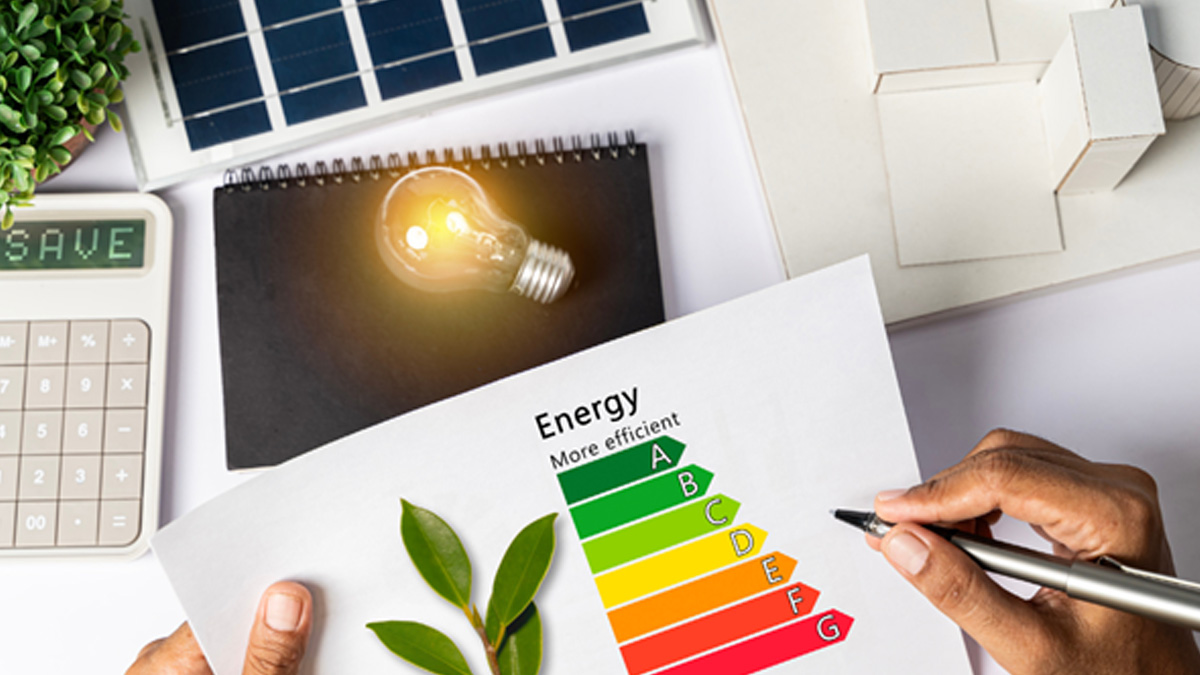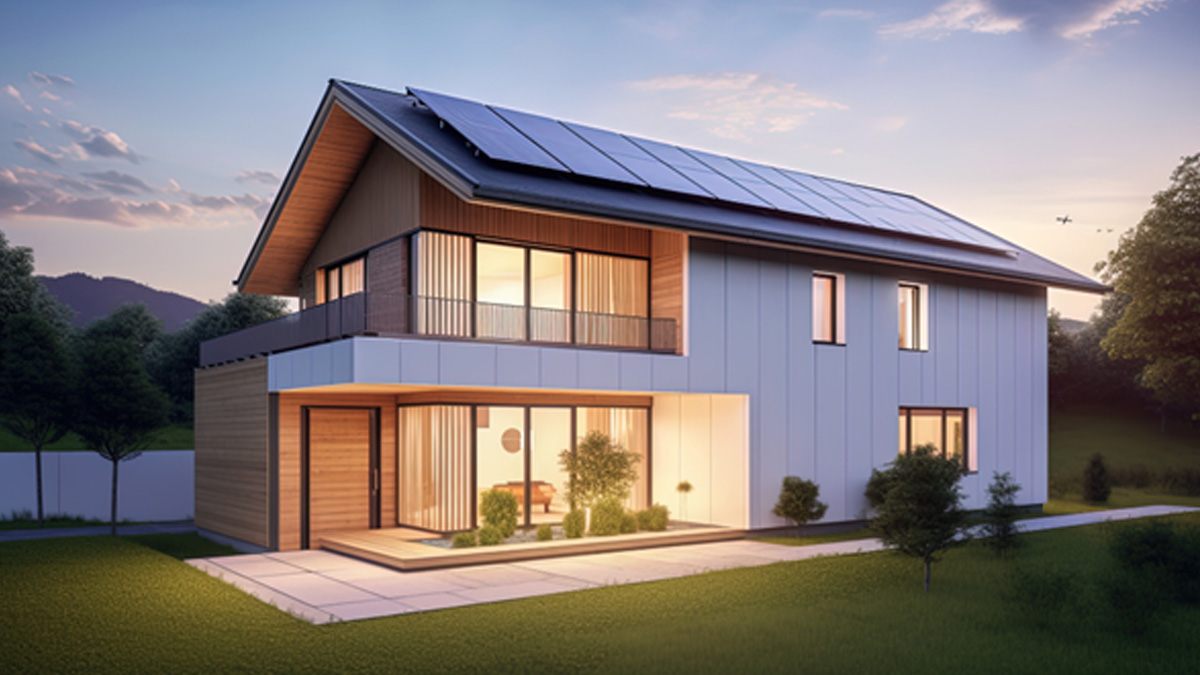
Around Australia 7-star energy efficiency building standards are being introduced to ensure all new builds achieve minimum energy ratings.
Looking for information about 7-Star energy ratings in your state? We share information packs for each state here.
Below, we outline simple and effective ways you can achieve 7-star energy efficiency in your new build or renovation, all while still enjoying natural gas household appliances - the choice of 6.5 million Australian homes today.
Why is the 7-star energy rating important?
According to Energy Victoria, energy efficient homes are more comfortable to live in, cost less to heat and cool, and use less energy (so in turn generate less greenhouse gas emissions)* than houses that do not meet a 7-star energy rating. For these reasons, most new builds in Australia are now required to have a 7-star energy rating. Check out the link above to see what the requirements are in your state.
The 7-star energy efficiency building standards broadly apply ratings to the building shell (roof, walls, windows, and floors), energy efficiency features (like optimal orientation and better insulation), an energy use allowance for the home’s major appliances and any on-site renewable energy (such as a solar system).
So far, so good. But these recent energy efficiency standards do raise one important question:
What does this mean for our country’s diverse energy mix?
If you’re one of the 6.5 million Australian homes that currently enjoys the reliability and convenience of using gas for everything from controllable cooking to instant hot water, cosy fireplaces to firing up the barbie, then you’re probably wondering what this means for the future of your gas supply…
Never fear, you can still enjoy the use of your gas appliances and at the same time achieve 7-star energy efficiency by partnering with solar power. Again, there are some state-by-state differences, and different requirements for different types of property, so we encourage you to check the requirements of your state.

Our future includes renewable gas. But how can gas be renewable?
There are two forms of renewable gas: biomethane and green hydrogen**. Renewable (green) hydrogen is produced by separating hydrogen from water in an electrolyser using renewable electricity. Hydrogen doesn’t produce carbon dioxide when it’s burned***.
Biomethane is created by capturing and treating gas from by decomposing organic waste from landfills, agricultural produce and wastewater treatment facilities. Biomethane doesn’t produce any additional carbon emissions when burned^.
We are developing a range of innovative renewable hydrogen and biomethane projects across Australia, in pursuit of our Low Carbon Vision, which is to transport 10% renewable gas (by volume) in our networks by 2030 and transition to 100% renewable gas by 2050, with 2040 as a stretch target.
In the meantime, you can still enjoy all the benefits of natural gas in your new 7-star energy rated homes today. All you need is the right solar capacity.
Great, so how can I achieve 7-star energy ratings using gas and solar?

You can achieve 7-star energy ratings by combining solar with natural gas to effectively and efficiently meet the important environmental standards and save costs in new homes today.
Today you can take comfort in knowing that gas appliances can heat quickly and efficiently regardless of the weather.
Choose a combination of solar and natural gas for 7-star energy efficiency and enjoy the comfort, reliability and choice that 6.5 million Australians already love today.
* 7 star energy efficiency building standards common questions
** www.iea.org/energy-system/renewables
*** CSIRO
^ European Biogas Association
Looking for information about 7-Star energy ratings in your state? We share information packs for each state here.




